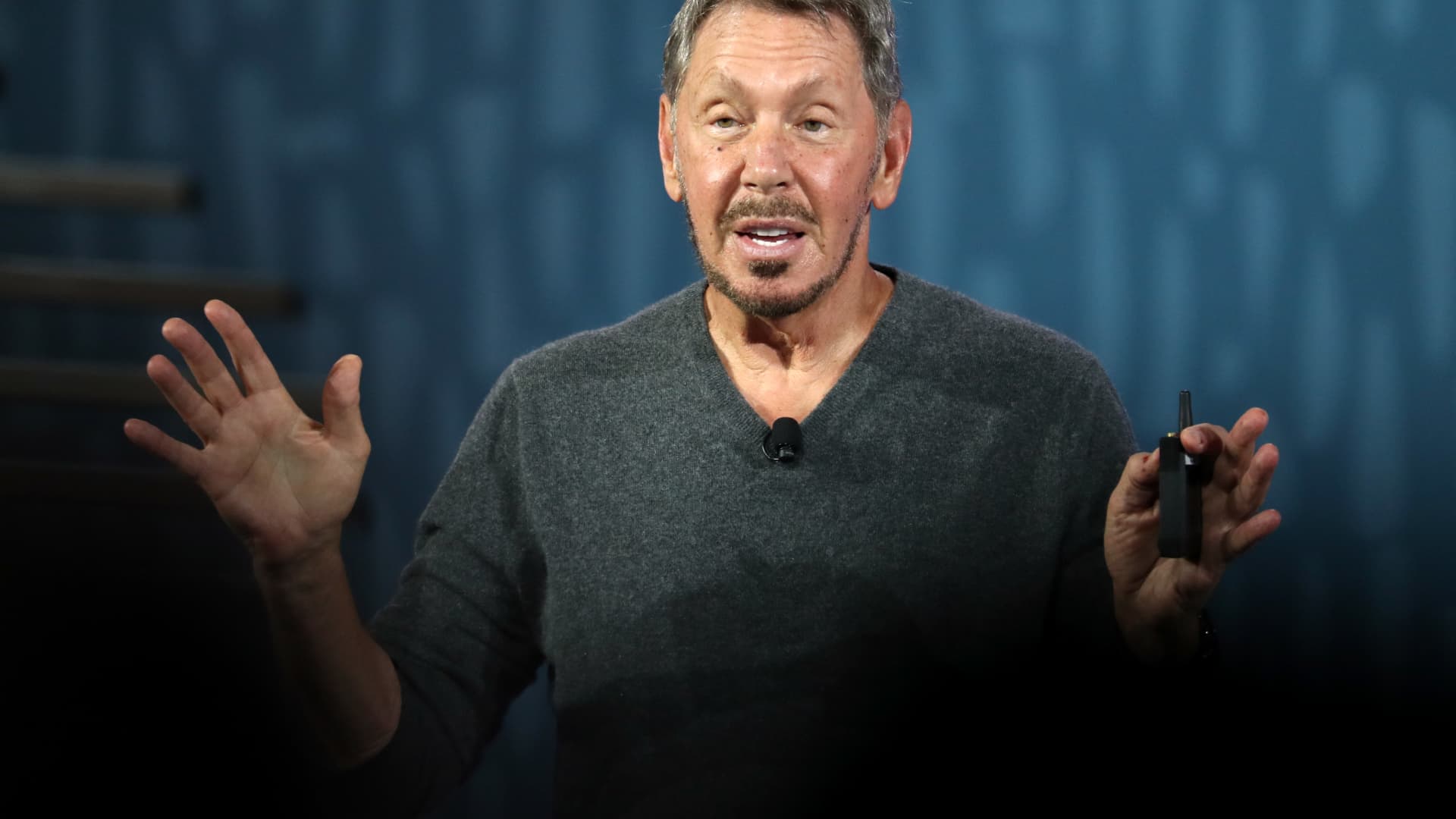It just got harder and less profitable to mine for bitcoin.
Every 2016 blocks, or about every two weeks, bitcoin resets how tough it is for miners to mine. Early Friday morning, as expected, the bitcoin code automatically made it about 7.3% more difficult to solve a block.
Historically speaking, this spike in difficulty is on the larger side, but it isn’t surprising, nor is it alarming. But it marks the first sizable increase since the Chinese mining ban took effect and serves as confirmation of a trend we already knew was underway: Some of the miners that used to be in China are finding new homes elsewhere.
And while it may not be quite as lucrative to mint bitcoin as it was before the algorithm self-corrected, miners are continuing to make way more money now than they were before China’s crypto crackdown in May.
“Hashrate levels are still down 42.1% from the peak in May 2021 when the China exodus happened,” said Jason Deane, an analyst at crypto advisory firm Quantum Economics. That hashrate deficit means that those plugged into the bitcoin network right now are making bank.
Coming back online
When China kicked out all its miners this spring, more than half the computing power in the bitcoin network went dark. Miners elsewhere on the globe had to pick up the slack. Fewer people and less computing power meant that it was taking longer to verify transactions and mint new bitcoin.
So, like clockwork, the bitcoin algorithm self-corrected for this deviation from the norm, and in July, the network saw a totally unprecedented 28% drop in the difficulty level. Suddenly, it was easier to create new bitcoin, and the world’s mining collective was back to solving blocks of transactions in an average of ten minutes.
This feature of the bitcoin code is a critical part of its network architecture.
This spring, an entire country – which signified 54% of bitcoin’s total hashrate – went offline, and bitcoin didn’t miss a beat.
“There was no downtime whatsoever to the bitcoin network. That’s actually the smartest part of the bitcoin software: the difficulty adjustment,” said bitcoin mining engineer Brandon Arvanaghi.
The entire episode was considered a “black swan” event for the industry, and according to crypto miner Alejandro de la Torre, it also made a whole lot of people much richer.
Now, with the new adjustment, Deane tells CNBC it’s essentially 7.3% less profitable to mine bitcoin post upgrade.
“Assuming your energy cost and hashrate remain unchanged, the calculation really is as simple as it first appears,” said Deane.
The difficulty adjustment also reflects the fact that the mining world has already touched bottom in terms of global hashrate. Since the end of June, miners have been coming back online fast.
“We have seen the bottom of the hashrate decline, and it is nothing but up from here,” said Mike Colyer, CEO of digital currency company Foundry, which helped bring over $300 million of mining equipment into North America.
“This next adjustment reflects the fact that miners are building out capacity and plugging in new machines. There is an enormous amount of machines coming out of China that need to find new homes,” continued Colyer.
Rebuilding the bitcoin network
Some of the machines coming back online are the same ones that were plugged in across China.
“Most of these guys are unable to move to the U.S. because of capital restraints, because they don’t speak any English and they’ve never left the Sichuan region in their whole lives…What they did instead was sell all their machines,” explained De La Torre, vice president of Singapore-headquartered mining pool Poolin.
“There’s been a flurry of activity in the selling of these machines across the globe,” he said.
But many of the ASICs coming online are straight off production lines from the biggest manufacturers on the planet, like Bitmain and Whatsminer. These newer rigs are more efficient, and Colyer says that they get about double the hashpower for the same amount of electricity.
In fact, many mining insiders predict that most of the old-generation equipment will never come back online, meaning the entire network will become more efficient – and spark more competition among miners.
“Newer machines have considerably higher hashrate than their predecessors so we will likely see hashrate continue to move back to a new all-time high sometime in the next 12 months,” said Whit Gibbs, CEO and founder of bitcoin mining service provider Compass.
Several of these new machines are currently in transit to buyers, according to Deane. Some of the larger players have tens of thousands of new ASICs on order which are due to come online over the next 12 months.
“This means difficulty will continue to increase steadily, and probably quite significantly, over that same period,” said Deane.
In the meantime, Colyer says to expect difficulty adjustments of more than 10% each month from this point forward. He thinks it will take another nine to twelve months for the difficulty to double.






